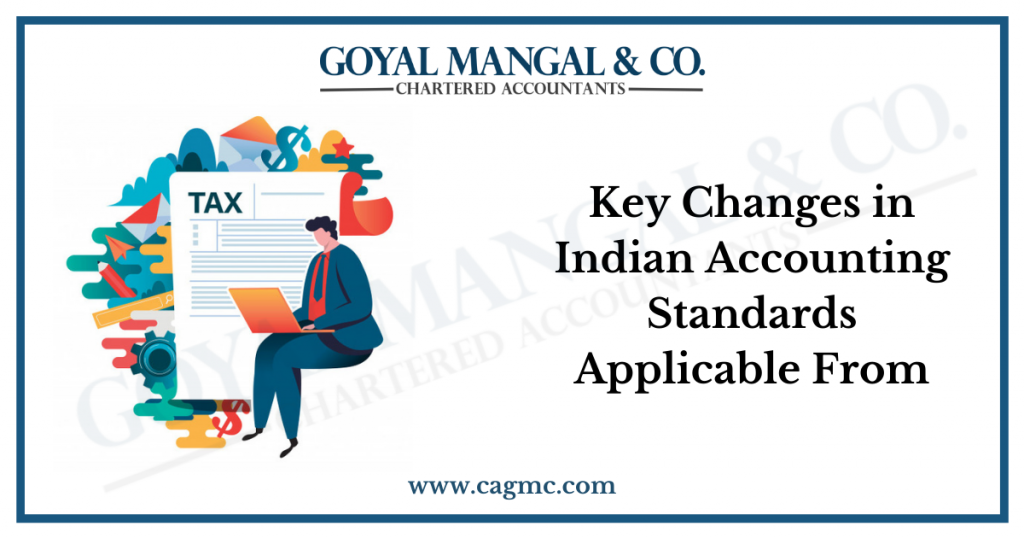
In corporate governance, the role of an Additional Director Under Companies Act plays a significant part in a company’s success. The appointment, regularisation and procedural insights are the critical components, which shape the course of leadership within the business. This article will explore the additional director: appointment, regularisation and procedural way. In addition, there will be a discussion on why an additional director is appointed in a private company.
Glimpses about Additional Director under the Companies Act, 2013
Additional Director under the Companies Act, 2013 refers to an individual appointed by the company’s Board of Directors in between the two annual general meetings (AGMs). The Additional Director’s appointment is a provisional arrangement and is subject to confirmation by the shareholders as per the next AGM.
The provision for Additional Directors gives companies the flexibility to bring in expertise or gives the urgent requirement of business without waiting for the upcoming AGM. However, it signifies the shareholder’s importance as approval must be taken through the process of regularisation, ensuring accountability and transparency.
Appointment of Additional Director in Private Companies
The Appointment of additional directors in Private companies under the Companies Act, 2013 is as the process:
- Must be conducted board meeting for approval of the appointment of an Additional Director.
- Confirm the eligibility criteria for the Additional Director positions as mentioned under the Companies Act, 2013.
- Intimate the Registrar of Companies (RoC) by filing a form for appointment.
- Take consent and disclosure from the individual agreeing to act as a director.
- Issue a formal letter of appointment to the Additional Director along with the terms and conditions mentioned in it.
- Regularization at the general meeting means the appointment of an Additional director must be provisional till the next general meeting.
- Must be passed an ordinary resolution to regularize the appointment of the Additional Director.
- Update registers and records of the company.
- Need to update the board of directors and each appropriate regulatory authority regarding the board changes.
Why Additional Director is Appointed in a Company?
Here are certain reasons why an additional director is appointed to a company:
- In case of emergency and interim needs;
- The company wants specialized professionals who have the required skills and expertise in the field;
- Vacancy due to registration or casual vacancy;
- Companies required additional directors for advisory roles;
- Fulfilment of Quorum;
- To make a strategic decision;
- Requirement of legal or regulatory matters;
- Succession or transition planning.
Regularisation for appointment of Additional Directors under Company Law
Regularisation of the appointment of Additional Directors in company law involves the process of seeking formal approval from the shareholders to confirm the appointment made by the Board of Directors on an interim basis. The key steps for regularisation are as follows:
- Convene a General Meeting: The company must convene a General Meeting, which can be an AGM or an Extraordinary General Meeting (EGM), to seek shareholder approval for the appointment.
- Notice of Meeting: Provide notice of the General Meeting to all shareholders, by the stipulated timelines and procedures outlined in the Companies Act, 2013, and the company’s Articles of Association.
- Inclusion in the Agenda: Include the agenda item for the approval and regularisation of the appointment of the Additional Director in the notice of the meeting.
- Passing Ordinary Resolution: Seek approval through the passing of an ordinary resolution at the General Meeting. An ordinary resolution is typically sufficient for the appointment or regularisation of Additional Directors.
- Shareholder Approval: Present the details of the Additional Director, including their qualifications, experience, and reasons for the appointment, to the shareholders for their approval.
- Filing with the RoC: File the necessary forms with the RoC (Form DIR-12) to inform them about the regularization of the Additional Director within 30 days of the General Meeting. This filing ensures that the company’s records are updated with the relevant regulatory authorities.
- Update Registers and Records: Update the registers and records of the company to reflect the regularization of the Additional Director. This includes updating the Register of Directors and Key Managerial Personnel.
- Notification to the Board: Notify the Board of Directors and any relevant regulatory authorities about the regularisation of the Additional Director.
- Directorship Commencement: The regularisation confirms the status of the Additional Director as acting like a full director, and they are constantly serving as their expires, and reappointed by the shareholders.
- Compliance with Regulations: Make sure all actions have been taken as per the process of regularisation with the provisions of the Companies Act, 2013. Regulations like Articles of Association.
Procedure for Appointment Additional Director in Private Company
The process for the appointment of additional directors in a private company is as follows:
- Check the Articles of Association: Review the company’s Articles of Association to ensure there are no specific restrictions or procedures outlined for the appointment of Additional Directors.
- Board Meeting: Convene a Board Meeting to discuss and approve the appointment of the Additional Director. Ensure that a quorum is present as per the company’s Articles of Association.
- Determine Eligibility: Confirm that the individual proposed for the Additional Director position is eligible and does not fall under any disqualifications as per the Companies Act, 2013.
- Obtain Consent and Declaration: Obtain written consent from the individual agreeing to act as a director. Ensure that the person furnishes a declaration about their eligibility, disqualifications, and any other relevant details.
- File Form DIR-12 with the RoC: File Form DIR-12 with the RoC within 30 days of the appointment date. This form includes details about the director and the resolution passed by the Board.
- Issue Letter of Appointment: Issue a formal letter of appointment to the Additional Director. The letter should include details such as the term of appointment, remuneration (if any), and other terms and conditions.
- Intimation to RoC: Inform the RoC about the appointment of the Additional Director. This can be done by filing the necessary forms and providing the required documents.
- Hold General Meeting for Regularisation: Convene a General Meeting (AGM or EGM) to seek shareholder approval for the appointment. The appointment is provisional until ratified by the shareholders.
- Pass Ordinary Resolution: Seek approval through the passing of an ordinary resolution at the General Meeting. An ordinary resolution is generally sufficient for the appointment or regularisation of Additional Directors.
- Update Registers and Records: Update the registers and records of the company to reflect the regularisation of the Additional Director.
- Notification to the Board: Notify the Board of Directors and any relevant regulatory authorities about the regularisation of the Additional Director.
- Compliance with Regulations: Ensure that all actions taken in the appointment and regularisation process comply with the provisions of the Companies Act, 2013, the company’s Articles of Association, and any other relevant regulations.
Conclusion
As we are about to conclude our exploration of the concept of Additional Director, it is evident that the processes and regulations are not formalities. They are the threads of the company’s leadership framework. It embraces the complexities and responsibilities of Additional directors. They are not only involved in the company’s development but also play a significant role in upholding the principles of answerability, potential leadership and accountability.


